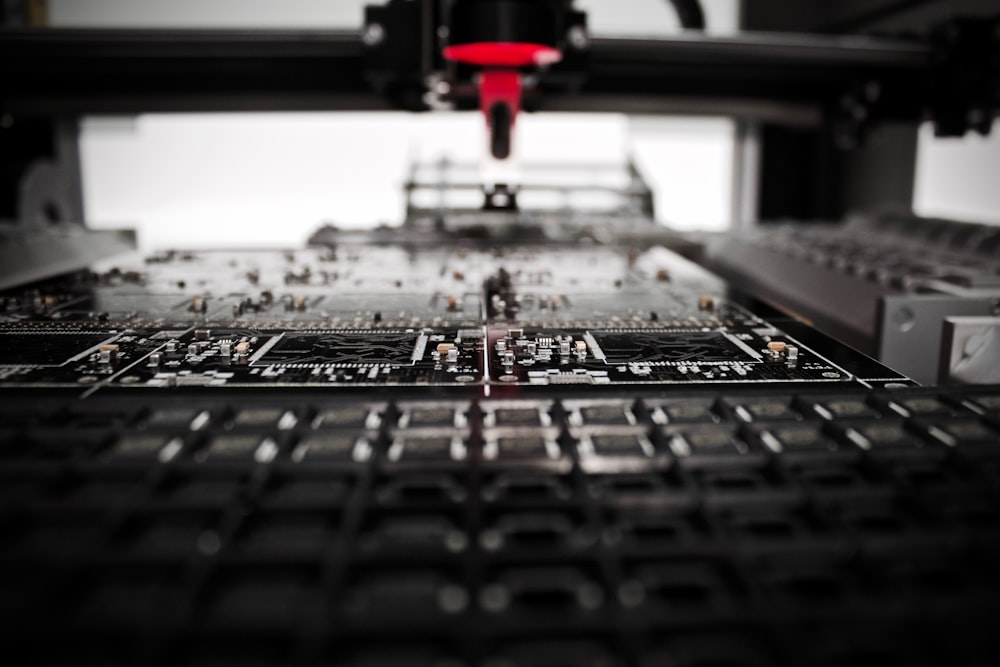
Introduction:
The landscape of elderly living assistance is undergoing a remarkable transformation with the integration of robotics. These innovative technologies are revolutionizing the way seniors receive care and support, offering solutions that enhance independence, safety, and quality of life. Let’s explore how robotics is reshaping elderly living assistance.
Enhancing Daily Tasks:
Robotic technologies are designed to assist seniors with a variety of daily tasks, ranging from household chores to personal care activities. Robot companions equipped with advanced sensors and AI algorithms can help with tasks such as cleaning, meal preparation, medication reminders, and even mobility assistance. By automating these tasks, robotics not only lighten the workload for caregivers but also promote greater autonomy and dignity for seniors.
Promoting Mobility and Independence:
One of the key benefits of robotics in elderly living assistance is its ability to promote mobility and independence among seniors. Robotic exoskeletons and mobility aids enable seniors with mobility impairments to move around more freely and perform activities that were once challenging or impossible. These assistive devices provide stability, support, and confidence, empowering seniors to maintain their independence and engage in daily life with greater ease.
Ensuring Safety and Security:
Safety is a paramount concern in elderly living assistance, and robotics plays a crucial role in ensuring the safety and security of seniors. Smart home systems equipped with sensors and cameras can monitor the living environment for potential hazards such as falls, gas leaks, or intruders, alerting caregivers or emergency services when necessary. Additionally, robotic companions can provide companionship and emergency assistance, offering peace of mind to both seniors and their families.
Providing Companionship and Social Engagement:
Loneliness and social isolation are common challenges faced by many seniors, but robotics offers a solution by providing companionship and social engagement. Robot companions equipped with conversational AI can engage seniors in meaningful conversations, play games, and provide entertainment, reducing feelings of loneliness and depression. These robotic companions can also facilitate virtual communication with family members and friends, fostering social connections and emotional well-being.
Supporting Healthcare Monitoring:
Robotic technologies are increasingly being utilized for healthcare monitoring and management in elderly living assistance. Remote monitoring devices and wearable sensors can track vital signs, medication adherence, and activity levels, providing valuable data to caregivers and healthcare professionals. AI algorithms can analyze this data to detect changes in health status and alert caregivers to potential issues, enabling early intervention and preventive care.
Facilitating Telemedicine and Remote Care:
Telemedicine and remote care have become essential components of elderly living assistance, particularly in light of the COVID-19 pandemic. Robotics facilitate telemedicine consultations by providing seniors with access to virtual healthcare services from the comfort of their homes. Telepresence robots equipped with video conferencing capabilities enable seniors to interact with healthcare providers, participate in medical appointments, and receive remote diagnosis and treatment, reducing the need for in-person visits and minimizing exposure to infectious diseases.
Empowering Aging in Place:
One of the overarching goals of robotics in elderly living assistance is to empower seniors to age in place safely and comfortably. By providing assistance with daily tasks, promoting mobility and independence, ensuring safety and security, and facilitating social engagement and healthcare monitoring, robotics enable seniors to remain in their own homes for as long as possible, preserving their autonomy and quality of life.
Conclusion:
The integration of robotics is revolutionizing elderly living assistance, offering innovative solutions that enhance independence, safety, and well-being for seniors. As technology continues to advance, the potential for robotics to transform the way we care for aging populations will only continue to grow, ushering in a new era of elderly living assistance that prioritizes dignity, autonomy, and quality of life. Read more about Robotics in eldercare







